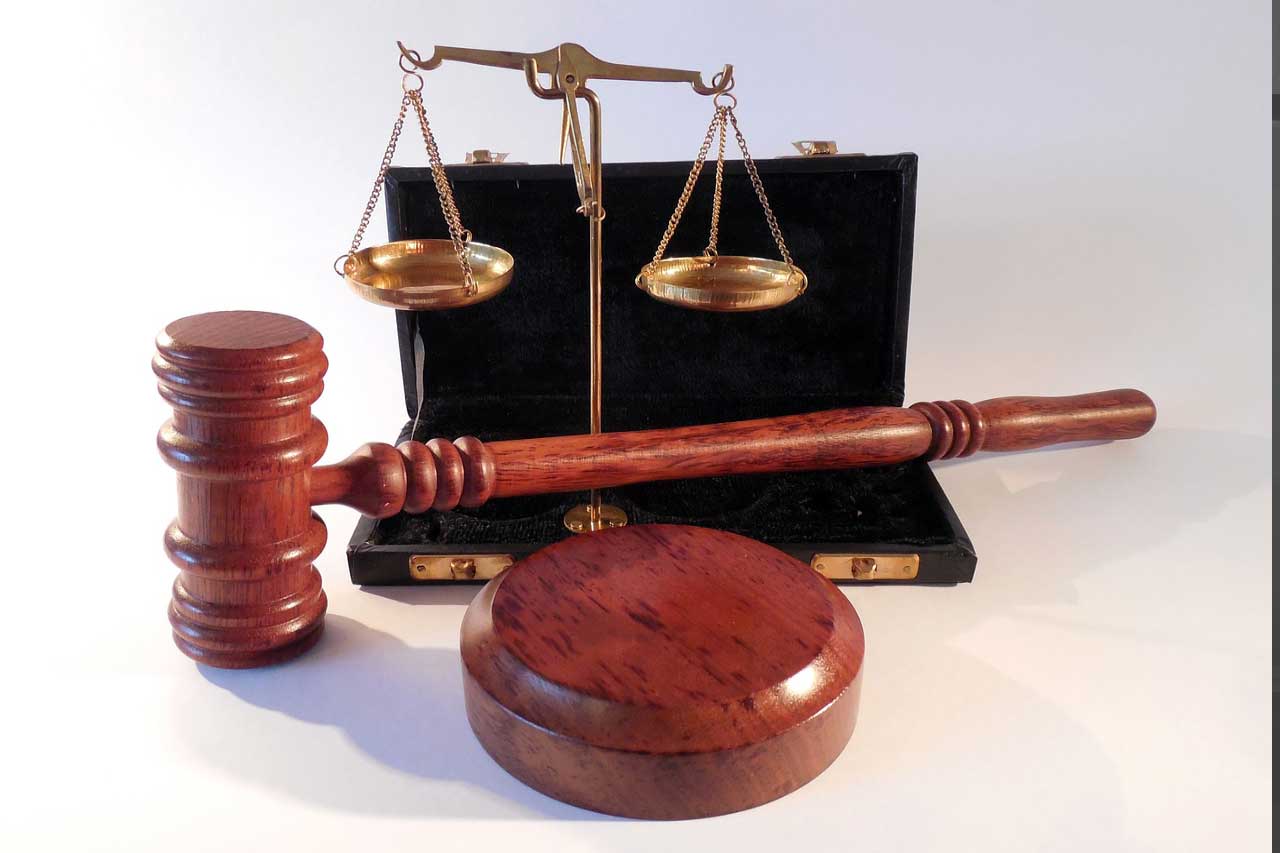One of this country's pre-eminent criminal defense lawyers
– Federal Lawyer Magazine
Habeas Corpus / 2255 Motions
The motion to vacate, set aside or correct a sentence provided by 28 U.S.C. § 2255 is a modern descendant of the common law petition for a writ of habeas corpus. It is available only to people convicted in federal courts who are in custody. (The corresponding federal post-conviction tool for state prisoners is the habeas petition governed by 28 U.S.C. § 2254.) The § 2255 motion is the postconviction tool most federal prisoners turn to after they have exhausted their appeals. When it is used effectively, it can be a powerful tool to right injustices that were not or could not have been raised on direct appeal. This is because it gives courts broad discretion in fashioning appropriate relief, including dismissal of all charges and release of the prisoner, retrial, or resentencing.
Occasionally, the remedy provided by § 2255 will be “inadequate or ineffective to test the legality of [a prisoner’s] detention.” 28 U.S.C. § 2255. In those rare instances, federal prisoners may petition for traditional writs of habeas corpus pursuant to 28 U.S.C. § 2241.
Get our Habeas Corpus 2255
free prisoner’s guide book
Unlock justice with our comprehensive Habeas Corpus 2255 guidebook—your ultimate resource for prisoners. Discover key strategies, insights, and expert advice to challenge wrongful convictions and fight for freedom. Packed with practical tips and step-by-step instructions, it’s your roadmap to success. Don’t miss this opportunity. Get your free copy now and reclaim your rights.
FAQ
Read Our Comprehensive FAQ On 2255 Motion
Only “prisoners” who are “in custody under sentence of a court established by Act of Congress” may file motions pursuant to 28 U.S.C. § 2255 to vacate their convictions or sentences. 28 U.S.C. § 2255 (emphasis added). To satisfy this “custody” requirement, a defendant must either be in prison or jail, or else have his or her liberty under some other form of restraint as part of a federal sentence. In other words, the “in custody” requirement is important, while the limitation of the remedy to “prisoners” is not literally enforced. Examples of restraints short of imprisonment which qualify as “custody,” include probation, parole, supervised release, and being released on bail or one’s own recognizance. A defendant need only satisfy the “custody” requirement at the time he or she files a § 2255 motion. A defendant’s being released from custody during the pendency of a § 2255 motion does not make the case moot or divest a court of jurisdiction to hear the case.
A defendant who has completely finished his or her sentence, or who has been sentenced only to a fine, may not obtain relief through § 2255. Similarly, because corporate defendants never have restraints placed on their physical liberty as a result of a federal criminal conviction (corporations receive only fines as criminal punishments), they can never meet the “custody” requirement. Defendants who cannot meet the custody requirement may still be able to obtain relief under the All Writs Act, 28 U.S.C. § 1651, by petitioning for a writ in the nature of Coram Nobis, which has no custody requirement.
Section 2255 provides that “prisoners” may move for relief “on the ground that the sentence was imposed in violation of the Constitution or laws of the United States, or that the court was without jurisdiction to impose such sentence, or that the sentence was in excess of the maximum authorized by law, or is otherwise subject to collateral attack.” Most Circuits of the Court of Appeals have interpreted this language to mean that defendants who meet § 2255’s custody requirement may not raise issues which challenge aspects of their sentence which are unrelated to their custody. Most § 2255 motions allege violations of the defendant’s Sixth Amendment right to the effective assistance of counsel.
One of the most significant differences between a direct appeal and a § 2255 motion is that direct appeals are decided based on the district court record as it exists as of the time the notice of appeal is filed. In contrast, § 2255 motions offer defendants the opportunity to present the court with new evidence. While issues which may be raised in a § 2255 motion are not limited by the record as it exists at the time the motion is filed, unlike in a direct appeal, not all issues may be raised in a § 2255 motion. Section 2255 motions may only be used to raise jurisdictional, constitutional, or other fundamental errors.
Identifying an appropriate § 2255 issue is no guarantee of success. Even prisoners who have good issues must often overcome numerous obstacles before a court will even address them. For example, if an issue could have been raised on direct appeal, but was not, a district court will not consider the issue in a § 2255 proceeding unless the defendant can demonstrate “cause” (such as ineffective assistance of counsel) for not raising the issue earlier and “prejudice” (that is, that the error likely made a difference in the outcome). For this reason, it is generally not a good idea to forego a direct appeal and proceed directly to a § 2255 motion. Conversely, if an issue was raised and decided on appeal, a defendant is procedurally barred from raising it again in a § 2255 motion, absent extraordinary circumstances, such as an intervening change in the law or newly discovered evidence.
Prisoners who cannot afford to hire private counsel have no right to appointed counsel to assist them in filing § 2255 proceedings. Indigent litigants may, however, petition the court for appointment of counsel. A court has discretion to appoint counsel any stage of the proceeding if the interest of justice so requires.” 18 U.S.C. §3006A(a)(2)(B); Fed.R.Gov. § 2255 Proc. 8(c). Appointment of counsel is mandated only if the court grants an evidentiary hearing, Rule 8(c), or if the court permits discovery and deems counsel “necessary for effective utilization of discovery procedures.” Rule 6(a).
Prior to Congress’ enacting the Antiterrorism and Effective Death Penalty Act (“AEDPA”) in 1996, there was no specific limit on the time within which a prisoner was required to file a § 2255 motion. The AEDPA’s amendment of 28 U.S.C. § 2255 imposed a one-year statute of limitations which is triggered by the latest of four events:
(1) the date on which the judgment of conviction becomes final;
(2) the date on which the impediment to making a motion created by governmental action in violation of the Constitution or laws of the United States is removed, if the movant was prevented from making a motion by such governmental action;
(3) the date on which the right asserted was initially recognized by the Supreme Court, if that right has been newly recognized by the Supreme Court and made retroactively applicable to cases on collateral review; or
(4) the date on which the facts supporting the claim or claims presented could have been discovered through the exercise of due diligence.
All defendants thus have one year from the date on which their judgments of conviction become final within which to file § 2255 motions. Occasionally a particular defendant will be able to file a § 2255 motion beyond that date when a new year-long limitation period is triggered by one of the other events listed above.
After filing a Section 2255 motion, the judge reviews the motion, case records, and exhibits. The court may dismiss the motion if it does not provide grounds for relief or if the claims are refuted by the case records. If the government responds, the defendant may file a memorandum in reply if allowed by local court rules or court order.
The length of the § 2255 motion process can vary, ranging from several weeks (for summary dismissal) to over a year (if the government responds and a hearing is held) before a court either grants or dismisses the motion.
The special rules that apply to § 2255 motions are known as the "Rules Governing Section 2255 Proceedings For the United States District Courts." These rules cover various aspects of the process, including the scope of the rules, form and filing of the motion, preliminary consideration by the judge, the government's answer, discovery, evidentiary hearing, appeal procedures, and more. Additionally, if no specific rule applies, the district court has the flexibility to proceed lawfully and may consider the Federal Rules of Criminal Procedure or the Federal Rules of Civil Procedure, whichever it deems appropriate.
Rule 6 of the Rules Governing § 2255 Proceedings allows both defendants and the government to conduct discovery following the Federal Rules of Civil Procedure, but only with permission from the court. The court has the discretion to grant discovery requests "for good cause shown, but not otherwise."
A prisoner must receive certification from a "panel of the appropriate court of appeals" before filing a second § 2255 motion to challenge a particular judgment. This certification is granted only if the motion contains either newly discovered evidence establishing factual innocence or a new retroactive constitutional rule previously unavailable. However, defendants can file one § 2255 motion as of right for each judgment of conviction and sentence.
View From the Bench
Our newsletter is the most widely circulated newsletter in Federal crime.
JOIN NOW





